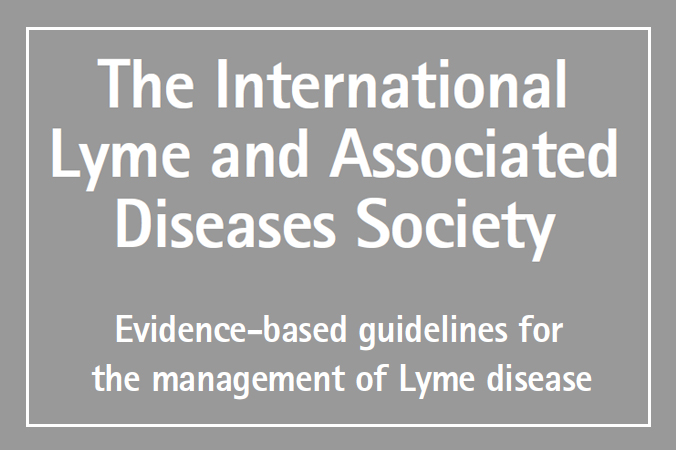Lyme Disease Treatment Guidelines
Our practice follows evidence-based medicine (EBM). David Sackett, founder of the EBM movement defines EBM as “the integration of the best research evidence with clinical expertise and patient values.” Dr. Cameron as an internist and epidemiologist ensures that the best research evidence is used in his practice.

David Sackett, founder of the EBM movement
Dr. Cameron as president of the International Lyme and Associated Diseases Society (ILADS) and as an invited speaker at a number of professional conferences ensures the practice incorporates clinical expertise. Our practice makes patients values our focus in all that we do.
Practice treatment guidelines should summarize the best evidence. Unfortunately, the 2000 and 2006 Infectious Diseases (IDSA) Guidelines did not reflect the EBM that our practice follows. For example, the IDSA guidelines concluded that chronic Lyme disease did not exist and that that the symptoms were nothing more than the aches and pains of daily living.
Physician demands for better outcomes for acute and chronic manifestations led to the development of the International Lyme and Associated Diseases Society (ILADS) guidelines and the continued evolution of an evidence-based approach.
The 2014 ILADS Treatment Guidelines have been peer-reviewed and published online. Click on the button below to view.
View 2014 ILADS Lyme Disease Treatment Guidelines

Benefits of Lyme Research
Through LDPR, patients gain access to clinical trials by the same doctors who are treating them, and they are often among the first to receive new, proven therapies for their disease. more

Treatment Guidelines
Practice treatment guidelines should summarize the best evidence. Unfortunately, the 2000 and 2006 Infectious Diseases (IDSA) Guidelines did not reflect the EBM that our practice follows. more

2014 Treatment Guidelines
Practice treatment guidelines serve as a guide for doctors for the appropriate treatment. Using the best available evidence, the International Lyme and Associated Diseases Society (ILADS) expert panel identified and developed practice recommendations for Lyme disease in 2014 more




